Winter’s chill fades, and spring’s promise fills the air. The excitement of planning your garden grows. The thought of vibrant blooms and lush greenery brings joy and anticipation.
The magic happens with flower bulbs, waiting to burst forth. They transform your outdoor space. Let’s explore the secrets of growing flower bulbs and creating a stunning spring garden.
Planting and nurturing flower bulbs might seem daunting. But don’t worry! With the right info and care, you’ll create a spring masterpiece. Your neighbors will be amazed.
This guide will help you choose the best bulbs for your climate. You’ll learn how to plant and care for them. Soon, your outdoor space will be a vibrant, colorful oasis.
Table of Contents
Understanding Flower Bulbs: What You Need to Know
Flower bulbs are amazing underground storage units. They have all the nutrients a plant needs to grow. They come in many shapes, sizes, and colors, like tulips and daffodils.
Knowing about flower bulbs helps you use them well in your garden.
Definition of Flower Bulbs
Flower bulbs are modified stems that store energy and nutrients. They can survive tough conditions and bloom beautifully every year. Their scales, leaves, and layers help the plant grow during its dormant period.
When spring comes, they burst into vibrant flowers.
Types of Flower Bulbs
- Tulips – These iconic spring flowers come in a dazzling array of colors and bloom shapes, from the classic cup-shaped varieties to the dramatic parrot tulips.
- Daffodils – Also known as narcissus, daffodils are one of the earliest bulbs to flower, heralding the arrival of spring with their sunny yellow blossoms.
- Hyacinths – These fragrant, bell-shaped flowers come in a rainbow of hues and add a touch of elegance to any garden.
- Lilies – From the regal Asiatic lilies to the trumpet-shaped Oriental varieties, these majestic flowers make a stunning statement in the garden.
Benefits of Growing Flower Bulbs
Flower bulbs are great for gardeners. They are easy to care for and bloom reliably every year. They also spread and multiply, creating a beautiful meadow-like effect.
They are perfect for adding spring color or creating a stunning display that comes back year after year. By understanding flower bulbs, you can make the most of your garden.
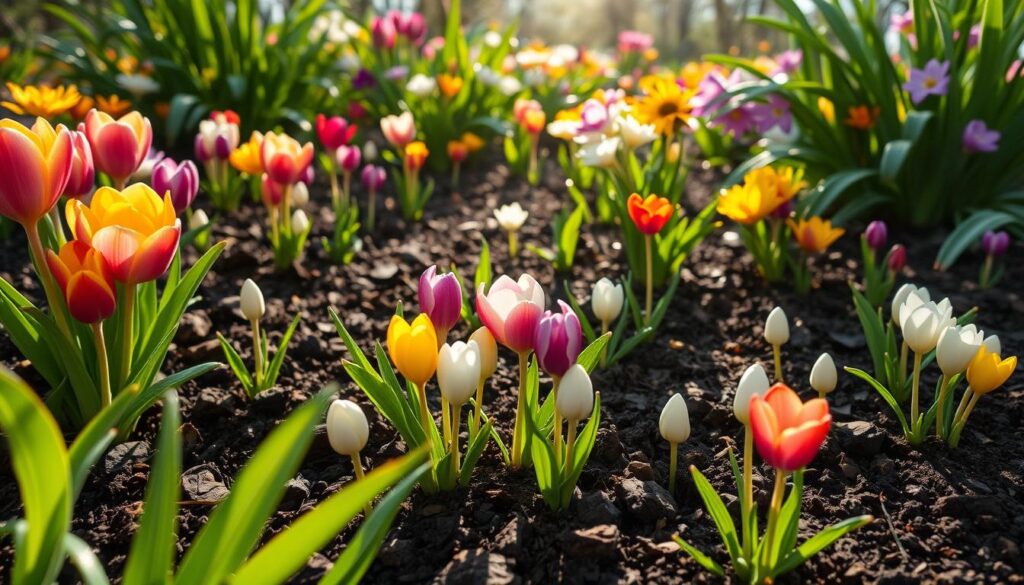
Selecting the Perfect Bulbs for Your Garden
Starting your spring gardening journey? Choosing the right flower bulbs is key to a stunning display. Whether you’re new or experienced, knowing about climate, soil, and bulb types is crucial. It helps you pick the best bulbs for your garden’s success.
Popular Flower Bulbs for Beginners
- Tulips: A classic spring favorite, tulips come in a wide range of colors and bloom sizes, making them a versatile choice for any garden.
- Alliums: These eye-catching, onion-like flowers add a unique, architectural element to your spring blooms.
- Crocuses: Small but mighty, crocuses are one of the first spring bulbs to emerge, heralding the arrival of warmer weather.
Considerations for Climate and Soil
When picking flower bulbs, think about your local climate and soil. Check your USDA Plant Hardiness Zone to make sure the bulbs will survive winter. Also, make sure your soil drains well. Waterlogged soil can cause rot and disease.
Where to Buy Quality Flower Bulbs
For the best results, buy bulbs from trusted local nurseries, garden centers, or online stores. Stay away from discount stores. Their bulbs might not have been stored right, which can hurt their growth in your garden.
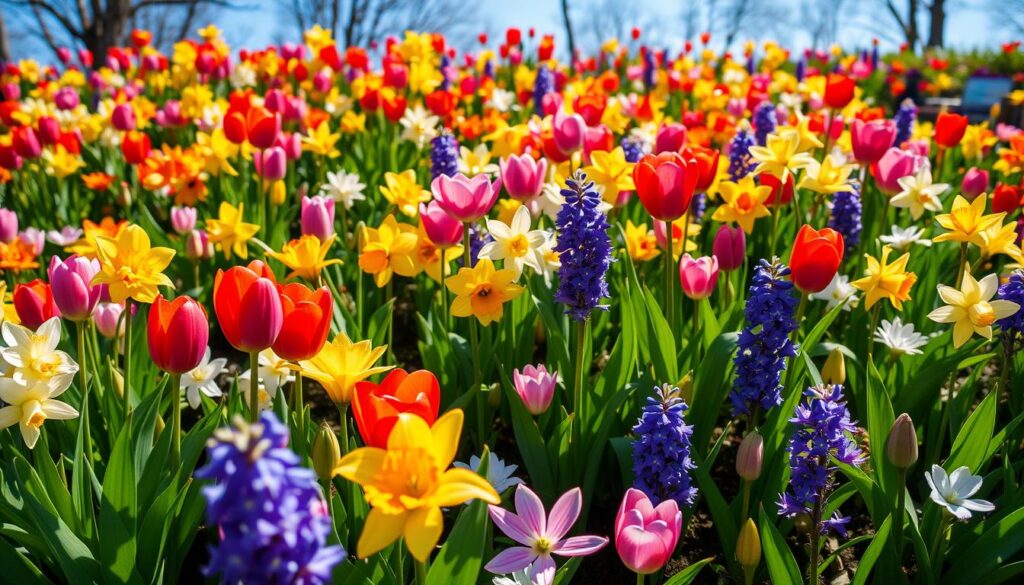
By keeping these tips in mind and choosing the right bulbs, you’re set for a vibrant spring display. With the right planning and care, your garden will be the talk of the town!
Preparing Your Garden for Planting
Starting a flower bulb garden needs careful planning. You must pick the right spot and make sure the soil is just right. This hard work will help your garden bloom beautifully in the spring.
Choosing the Right Location
Most bulbs do best in full sun to partial shade. Stay away from places where water collects, as bulbs need soil that drains well. Think about how big your bulbs will get. Big ones like tulips and daffodils need more room than small ones like crocus or muscari.
Soil Preparation Tips
- Loosen the soil to a depth of 8-12 inches using a garden trowel or spade.
- Mix in 2-4 inches of compost or other organic matter to improve drainage and nutrient content.
- If your soil is heavy clay, consider adding sand or grit to boost aeration.
- Test your soil’s pH and adjust accordingly, aiming for a slightly acidic to neutral range (pH 6.0-7.0).
Tools You’ll Need
Get the right tools for easy planting. You’ll need a bulb planter, garden trowel, and gloves. Gloves are key for bulbs like hyacinths that can irritate your skin.
| Gardening Tool | Purpose |
|---|---|
| Bulb Planter | Effortlessly create the perfect planting holes for your flower bulbs. |
| Garden Trowel | Dig, loosen, and mix soil to prepare the planting area. |
| Gardening Gloves | Protect your hands from irritation and thorns while handling bulbs and plants. |
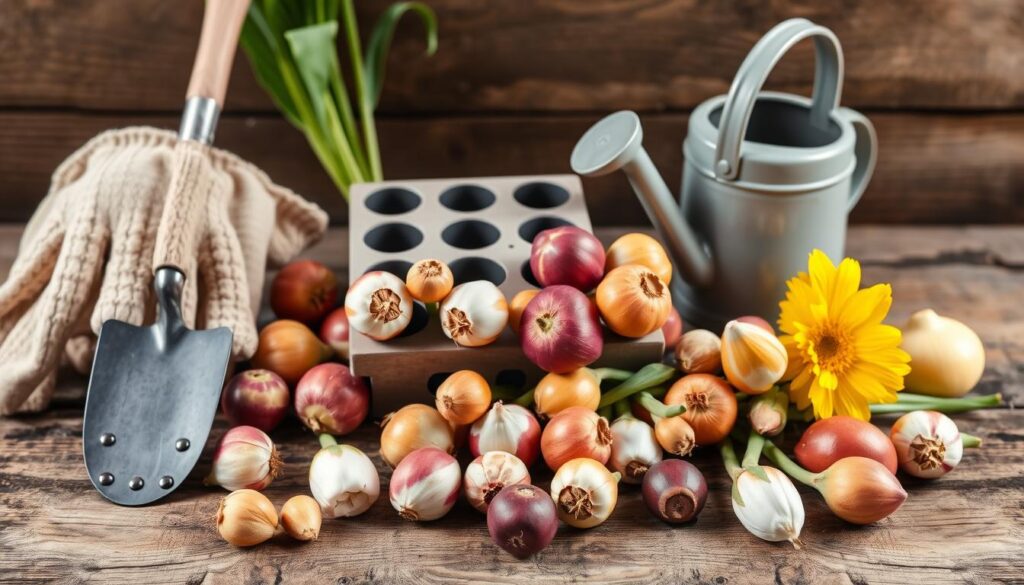
“Preparation is the key to a beautiful and bountiful flower bulb garden. Take the time to set the stage, and your blooms will thank you come springtime.”
Planting Flower Bulbs: Step-by-Step Guide
Planting flower bulbs is a fun and rewarding task. It brings a burst of color to your garden in spring. Whether you’re new to gardening or have experience, a few steps can help you succeed.
Best Time to Plant Flower Bulbs
The best time to plant bulbs depends on your climate. Generally, fall is the best season. This lets bulbs grow strong roots before winter.
In warm places like South Florida, October and November are perfect. These months are great for planting bulbs like Rain Lilies and Amaryllis.
Depth and Spacing Guidelines
When planting bulbs, follow the depth and spacing rules. Plant them two to three times their height deep. Space them about 4 inches apart.
This helps bulbs grow well and prevents them from getting too crowded.
Watering After Planting
Water your bulbs well after planting. This helps them start growing strong roots. For bulbs planted in fall, water them during dry spells.
This keeps the soil moist until spring rains come.
By following these steps, your bulbs will start strong and bloom beautifully in spring. With a bit of planning and care, your garden will be filled with vibrant spring blooms for years.
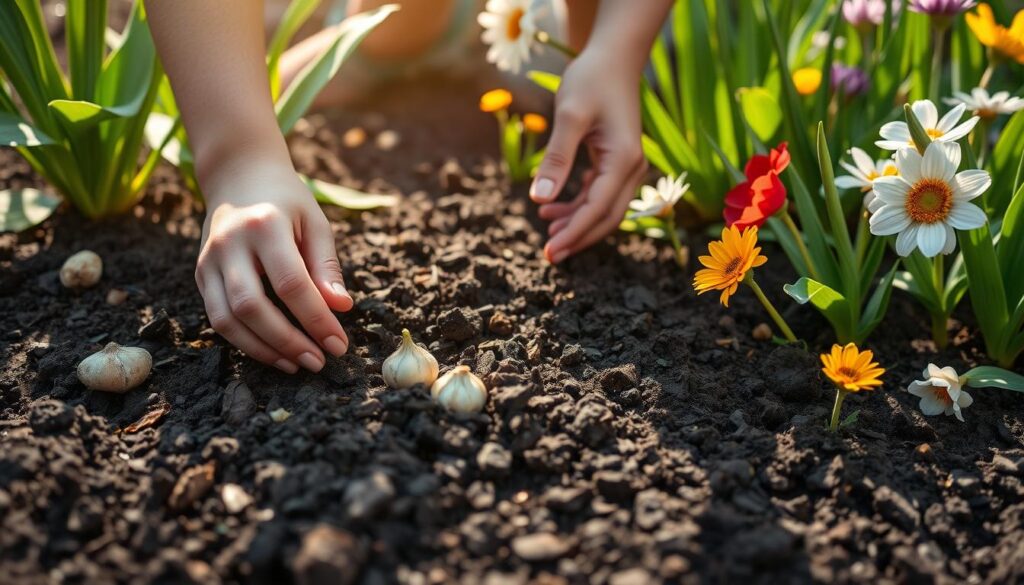
“Bulbs are the gifts that keep on giving, year after year. With a little effort in the fall, you can enjoy their colorful displays for decades to come.”
Caring for Your Flower Bulbs
Proper care is key for your flower bulbs to thrive. Knowing how to water, fertilize, and manage pests will help. This way, your bulbs will bloom beautifully year after year.
Watering Requirements
Flower bulbs need steady moisture when they’re growing. Water them often, but don’t let the soil get too wet. Too much water can cause root rot and diseases. Check the soil moisture and adjust your watering based on your area’s weather.
Fertilizing Your Bulbs
In early spring, when shoots start to grow, feed your bulbs. Use a balanced, low-nitrogen fertilizer made for bulbs or flowers. This helps them grow strong and bloom brightly. Make sure to follow the fertilizer’s instructions for the right amount.
Dealing with Pests and Diseases
Flower bulbs can face pests and diseases like squirrels, voles, and fungi. To keep pests away, plant companions like alliums. They can help repel pests. If you see pests or diseases, act fast to stop them from spreading.
With the right care, your flower bulbs will flourish. They’ll bring vibrant colors and beauty to your garden.
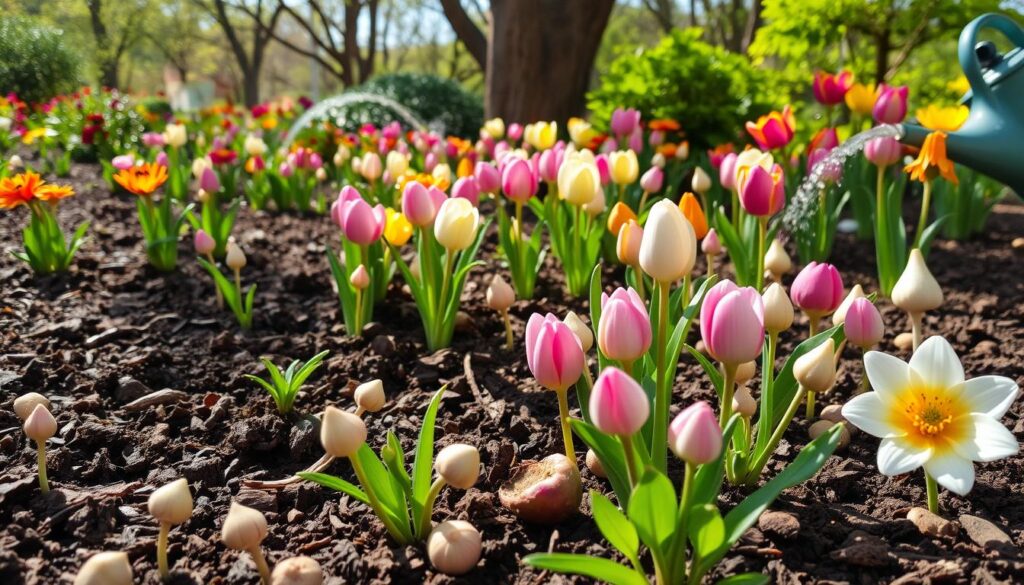
Common Mistakes to Avoid with Flower Bulbs
Growing beautiful flower bulbs requires avoiding common mistakes. Overwatering and planting at the wrong depth are just a few pitfalls. By knowing these issues, you can help your bulbs grow well and bloom brightly.
Overwatering and Underwatering
Getting the right amount of water is crucial for bulb care. Too much water can cause rot, while too little can stunt growth. Create a watering plan that gives about 1 inch of water per week. Adjust this based on your local weather.
Planting at the Wrong Depth
Planting bulbs at the right depth is key. Planting them too shallow can damage them from frost or cause them to sprout too early. Planting too deep can stop them from blooming. Plant bulbs two to three times their height to get it right.
Ignoring Sunlight Requirements
Each flower bulb needs different sunlight. Some, like tulips, need full sun, while others, like snowdrops, prefer shade. Make sure to plant bulbs in a spot that matches their sunlight needs.
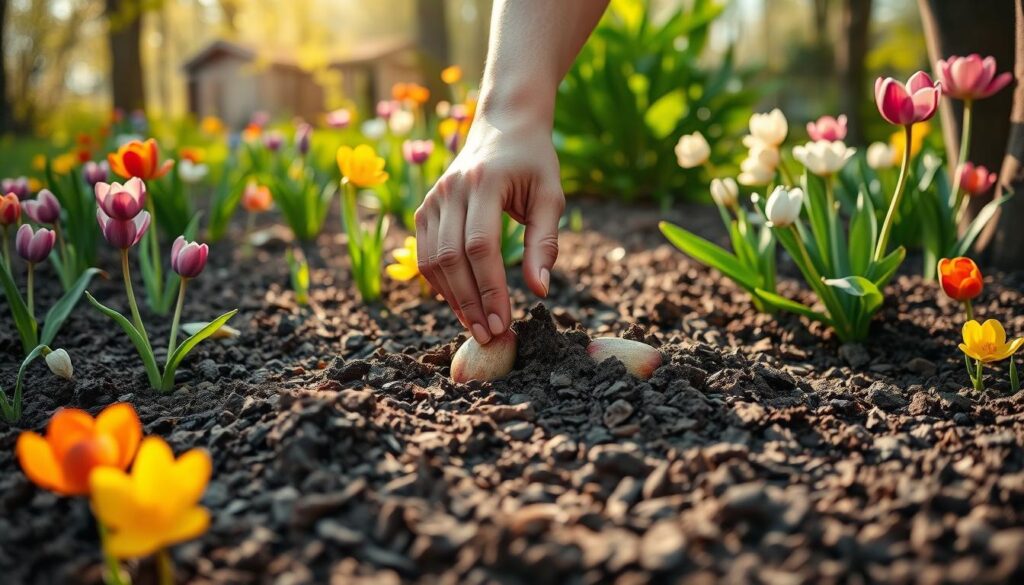
Avoiding these mistakes and following best practices for flower bulb and bulb planting will help your garden bloom. A little care and attention can make a big difference. Your flower bulbs will thank you with beautiful blooms.
Timing Your Blooms: When to Expect Flowers
Spring garden lovers can’t wait for the spring blooms. These come from planning and growing flower bulbs. Knowing the difference between spring and fall bulbs is crucial. It helps keep your garden colorful all season.
Spring vs. Fall Blooming Bulbs
Spring bulbs like tulips, daffodils, and hyacinths are planted in fall. They bloom in early to mid-spring. Fall bulbs, like autumn crocus and colchicum, are planted in spring. They bloom in autumn.
Factors Affecting Bloom Time
Many things can change when bulbs bloom. Temperature, sunlight, and the bulb type matter. For example, amaryllis likes 60° to 70°F (15.5° to 21°C) for growth. Tulips need 10-12 weeks of soil at 55 degrees or lower to bloom well.
Some bulbs, like daffodils, need a year to bloom well. Planting depth, watering, and fertilizing also affect blooms.
| Bulb Type | Planting Time | Bloom Time |
|---|---|---|
| Tulips | Fall | Early to Mid-Spring |
| Daffodils | Fall | Early to Mid-Spring |
| Hyacinths | Fall | Early to Mid-Spring |
| Autumn Crocus | Spring | Fall |
| Colchicum | Spring | Fall |
Knowing when your flower bulbs will bloom helps. It lets you have a beautiful spring blooms show all season.
Storing Flower Bulbs for Future Planting
As the gardening season ends, it’s time to think about storing your flower bulbs for next year. Keeping them in good condition is key for a beautiful spring garden. Here are some tips to help you store your bulbs properly.
Proper Storage Techniques
For successful bulb storage, you need the right environment. Let your bulbs dry completely after digging them up. This usually takes about 3 weeks.
Then, store them in a cool, dark place with good air flow. Basements or garages work well. Keep the temperature between 35-45°F (2-7°C) for most bulbs.
Use containers that let air in, like mesh bags or paper bags. Don’t use airtight containers, as they can cause moisture buildup. Label your containers with the bulb type and when you planted them.
Signs Your Bulbs Are Too Old
Keep an eye on your bulbs during storage. Look for signs of drying out, mold, or rot every few weeks. Throw away any bulbs that are soft, mushy, or diseased.
Shriveled bulbs might come back to life with a little water. But if they don’t swell up, it’s best to discard them. With the right care, your bulbs can last several months to a year, depending on the type.
Propagation and Dividing Flower Bulbs
Flower bulbs add color and life to any garden. But, they can get crowded over time, which can hurt their flowering. Luckily, you can split and share your bulbs to keep them healthy and grow your collection.
When and How to Divide Bulbs
It’s best to split your bulbs every 3-5 years, or when they stop flowering as much. The best time is when the leaves have died back and the plant is resting. This is usually in late spring or early summer.
To split your bulbs, carefully dig them up and separate them. Make sure each piece has a healthy bud and roots. Then, replant them right away, following the spacing rules for your bulb type.
Benefits of Propagation
Splitting your bulbs has many advantages:
- Maintains Vigor: Splitting bulbs stops them from getting too crowded. This lets each one get the nutrients it needs to grow well.
- Increases Collection: By splitting your bulbs, you can grow your garden and add new spots to plant.
- Rejuvenates Plants: Splitting bulbs regularly makes older ones grow strong again. This leads to more flowers.
| Bulb Type | Optimal Division Time | Division Considerations |
|---|---|---|
| Daffodils | Late spring or early summer | Divide every 3-5 years, when flowering decreases. Replant daughter bulblets immediately. |
| Irises | 4-6 weeks after last bloom | Divide every 2-4 years. Each division should have at least 2 foliage blades and a root ball. |
Learning how to divide and share your flower bulbs can make your garden vibrant year after year. With a bit of work, you can keep your bulbs healthy and enjoy their beauty in your garden.
Designing Your Garden with Flower Bulbs
Flower bulbs are a vibrant and versatile choice for gardeners. They let you create stunning color schemes and dynamic displays. These displays will captivate the eye throughout the spring.
Creating Color Schemes
To create a cohesive color scheme, think about planting complementary or contrasting hues. Warm shades like yellow and orange tulips can make a lively display. Cool colors like blue and purple hyacinths offer a serene, elegant look.
Layering bulbs of different heights adds depth and interest. Taller bulbs like alliums can be focal points. Shorter bulbs like crocuses and snowdrops fill gaps, creating a layered look.
Mixing with Other Plants
- Plant bulbs with perennials or annuals for ongoing interest. As bulbs bloom and fade, other plants take over, offering continuous color.
- Plan your garden with bulbs of different bloom times. This ensures your garden is colorful from spring to fall.
- Try planting bulbs in drifts or clusters for a natural look. This creates the illusion of an established planting over time.
With creativity and planning, you can design a stunning garden with flower bulbs. These versatile plants bring vibrant, ever-changing displays of spring blooms to your garden. Enjoy the beauty of flower cultivation season.
| Bulb Type | Bloom Time | Planting Time | Spacing |
|---|---|---|---|
| Tulips, Crocuses, Daffodils | Spring | Fall (September – December) | 3-7 cm apart |
| Dahlias, Gladiolus, Lilies | Summer | After last frost (May) | 7-20 cm apart |
| Autumn Crocus, Cyclamens | Fall | Late August – September | 3-7 cm apart |
Enjoying the Fruits of Your Labor
After all your hard work, it’s time to enjoy the beautiful spring blooms in your garden. Keep your garden looking great by deadheading flowers and taking photos. This helps your bulbs get ready for next year’s growth.
Maintaining Your Garden Throughout the Season
When your spring flowers are in full bloom, remember to deadhead them. This helps them keep flowering and prevents unwanted seeds. Let the leaves die back naturally to help your bulbs store nutrients for next year. Take photos of your blooms to inspire your garden plans for the future.
Celebrating Bloom Time: Tips to Enjoy the View
Now, enjoy the beauty of your spring flower bulb garden. Cut some stems to make beautiful indoor arrangements. This way, you can enjoy your blooms both inside and outside. Take time to appreciate the beauty and joy your flower bulb flowers bring to your space.
FAQ
When is the best time to plant spring-flowering bulbs?
Plant spring-flowering bulbs 6-8 weeks before the first frost. This lets feeder roots grow. Planting times vary by zone, from early September in zones 1-2 to December/January in zones 9-12.
What are the benefits of growing flower bulbs?
Flower bulbs are easy to care for and bloom reliably. They need a cold period of 35-45°F (2-7°C) for 10 weeks before blooming. This cold period is key for their growth.
Which flower bulbs are best for beginners?
Tulips, alliums, and crocuses are great for beginners. Pick bulbs based on your USDA Plant Hardiness Zone. Plant tulips in November to avoid disease. Plant alliums in September or October.
What kind of soil and location do flower bulbs prefer?
Most bulbs like full sun to partial shade. Prepare the soil for good drainage and add compost. Avoid wet areas. Good drainage is key for bulb health.
How do I plant flower bulbs correctly?
Plant bulbs 2.5 times their height deep. Space them to avoid overcrowding. Water well after planting to help roots grow. Use a high-phosphorus fertilizer in the planting hole for fall bulbs.
How do I care for flower bulbs after planting?
Water bulbs regularly but don’t overwater. Fertilize with a balanced fertilizer when shoots emerge. Watch for pests and diseases, especially in damp conditions.
When and how should I divide and propagate my flower bulbs?
Divide bulbs every 3-5 years or when they stop flowering. Divide after foliage dies back. Separate offsets and replant them. Propagation keeps bulbs healthy and prevents overcrowding.
How can I store flower bulbs for future planting?
Store bulbs in a cool, dry place with air circulation. Use mesh or paper bags. Check for mold or rot regularly. Proper storage can last several months to a year.

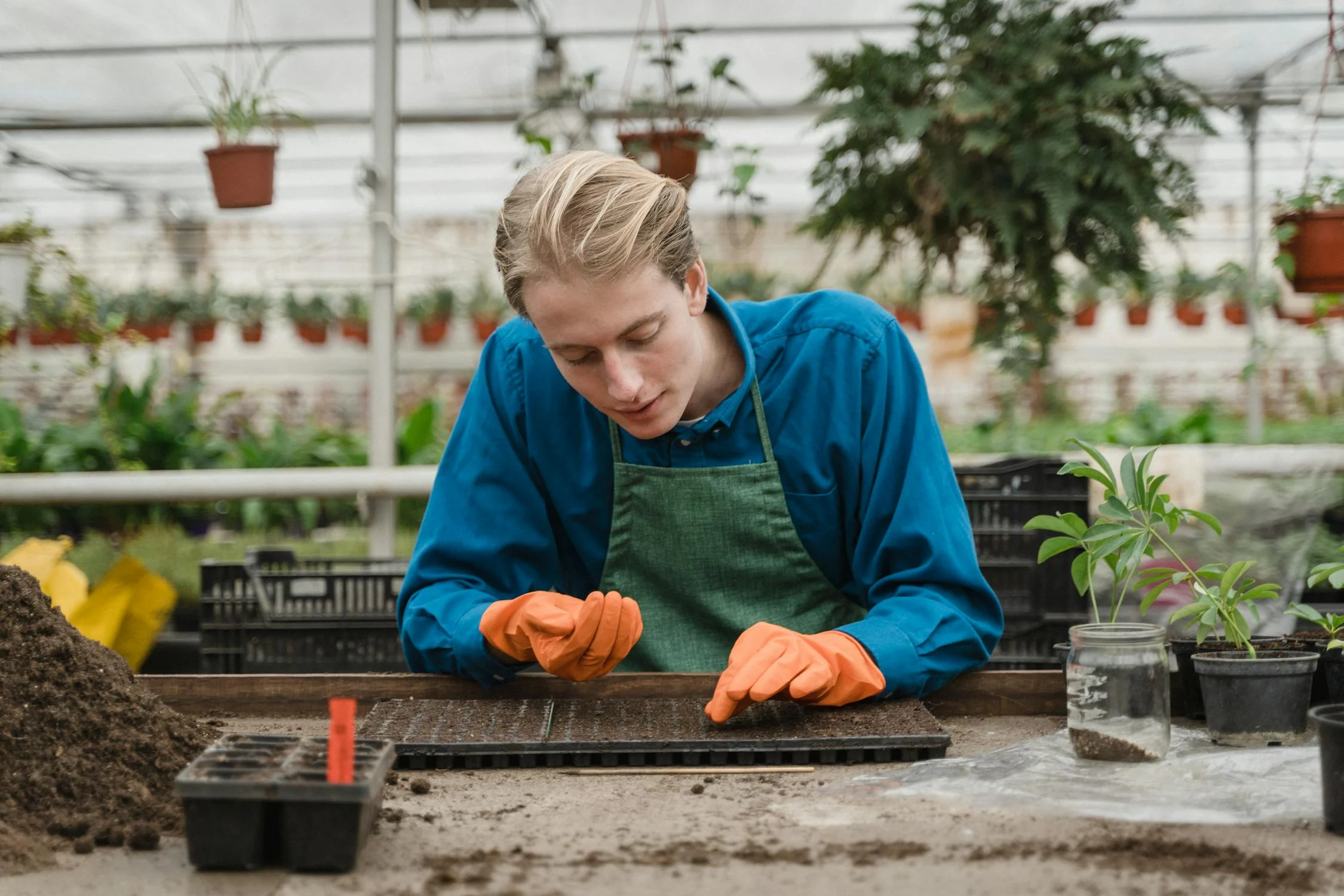
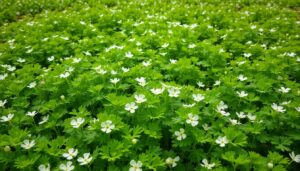
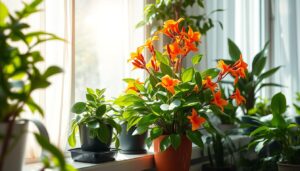
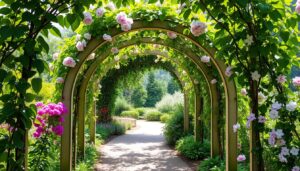
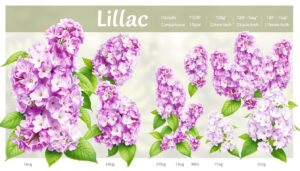



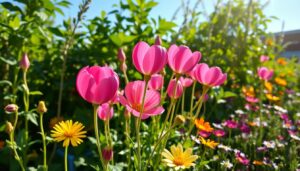
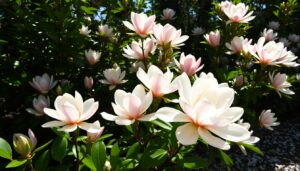
1 thought on “Growing Flower Bulbs: A Guide to Spring Garden Success”